
All categories
Featured selections
Trade Assurance
Buyer Central
Help Center
Get the app
Become a supplier

(3649 products available)



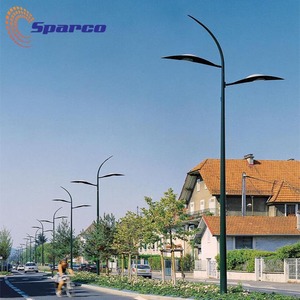

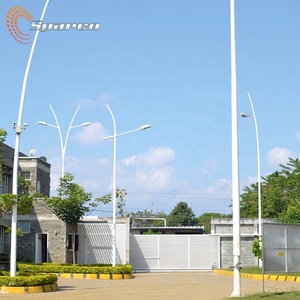









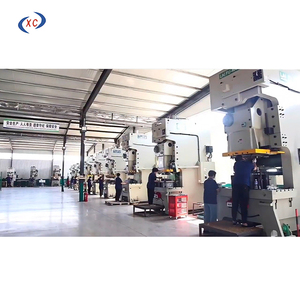


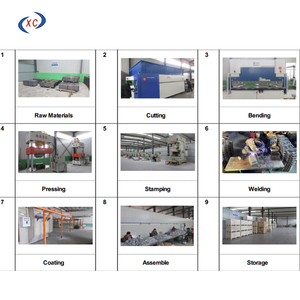















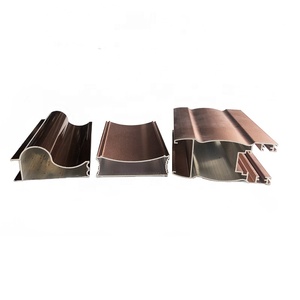
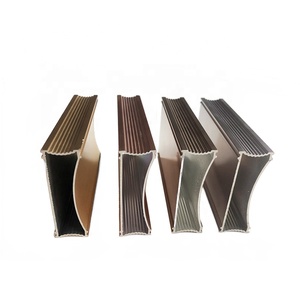


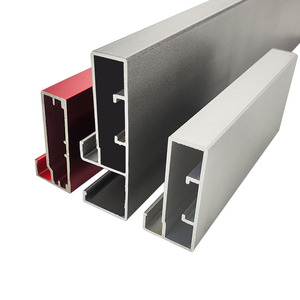
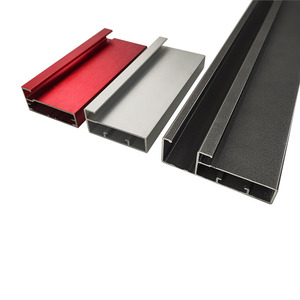
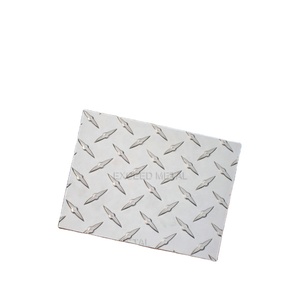



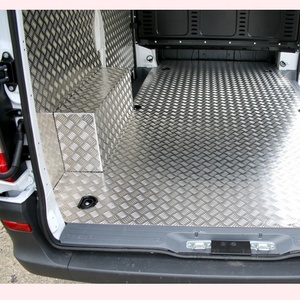







There are several types of satin-finished aluminum, each with its unique characteristics and uses. These varieties include differing grades based on their alloying elements, making them suitable for distinct applications. Here are the most common types:
1100 Satin-Finished Aluminum
When constructors need formability and corrosion resistance, they often turn to magnetic 1100 satin-finished aluminum. It is made of 99.0% pure aluminum and is used in chemical and food processing because it is highly resistant to corrosion. Its satin finish gives it a sleek, non-reflective surface used in kitchen appliances, and decorative elements.
2024 Satin-Finished Aluminum
This satin-finished aluminum is known for its high strength and good workability. The alloy contains copper, which enhances its structural integrity. It is often used in aircraft construction and other high-stress environments.
3003 Satin-Finished Aluminum
Aluminium 3003 is one of the most common aluminum alloys used. It is also known as etched aluminum, as it is treated with a non-reflective surface for quick identification. It is made of manganese, which improves corrosion resistance and formability.
5052 Satin-Finished Aluminum
5052 is preferred where corrosion resistance, workability, and weldability are needed. Its satin finish and alloy properties make it ideal for marine and automotive applications.
6061 Satin-Finished Aluminum
6061 satin-finished aluminum is popular due to its combination of strength and corrosion resistance. Common industries that use this grade include construction, automotive parts, and marine applications.
7075 Satin Finished Aluminum
7075 satin-finished aluminum is famous for its high strength and hardness, primarily when subjected to the heat treatment process. The alloy includes zinc and is primarily used in aircraft and other high-performance applications.
Architechtural Satin-Finished Aluminum
Architectural satin-finished aluminum, like etched aluminum sheets, is primarily used for building facades, window frames, and interior design elements. To obtain the satin finish, it undergoes mechanical abrasion or chemical etching. This gives the surface a non-glossy, sleek appearance that reduces reflectivity. It also improves the metal’s aesthetic appearance and helps in its resistance to fingerprints and other smudges.
In order to help storeowners supply the right grade of satin-brand aluminum, they must put into consideration the following key factors:
Purpose
What role will the aluminum play? For example, architectural satin-finished aluminum is suitable for interior designs. On the other hand, aerospace components require high-strength alloys like 7075 satin-finished aluminum.
Corrosion Resistance
The level of resistance to corrosion directly reflects the environment in which the aluminum will be used. Storeowners should opt for grades like 3003, 5052, and 1100 that resist corrosion for those clients working in marine or outdoor constructions.
Strength and Durability
Grages like 6061 and 7075 offer additional advantages in terms of strength. End customers who are looking for a longer-lasting product or applications that require structural integrity will benefit from these high-strength alloys.
Aesthetic Appeal
The satin finish is well-known for giving aluminum a sleek, non-reflective appearance. It has a unique aesthetic appeal that reduces glare and enhances surface beauty. This makes it ideal for products such as electronics, architectural, and automotive applications. They feel more sophisticated with a fingerprint-resistant feature.
Sustainability
As the demand for environmentally friendly materials increases, many clients are opting for recycled aluminum options. Storeowners can recommend satin finishes that have been applied to recycled aluminum. This helps reduce their carbon footprint while still enjoying the satin-finish benefits.
Cost
Satin-finished aluminum generally costs more than its glossy counterpart because the processes of giving it a satin finish are more complicated. Nevertheless, the benefits it fetches in terms of durability, aesthetic, and practicality do outweigh the cost. When stocking satin-finished aluminum, shop owners should ask themselves, will the benefits outweigh the additional costs to their customers as well?
The satin finish on aluminum is typically achieved through a series of mechanical and chemical processes. These processes involve abrasively-texturing the metal to create a non-glossy, smooth surface that is both visually appealing and functional. Here's a breakdown of the common methods used to achieve a satin finish:
Mechanical Abrasion
Mechanical abrasion usually entails using fine abrasive materials, like sandpaper or abrasive belts, to scrub the aluminum surface. The rough texture made by this process scatters light more uniformly across the surface. This reduces reflectivity and gives it a satin-like appearance. Different grades of abrasives can be used to control the fineness of the finish. This allows for a variety of textures depending on the end use.
Chemical Etching
This process of satin finishing entails using a chemical solution to cut the surface layer of aluminum. This usually indizes the surface and results in a matte, non-reflective finish. It is especially useful when trying to achieve a uniform finish on complex shapes or intricate designs. Mechanical abrasion is not easy to perform on these surfaces. The chemical etching process helps in improving the aluminum’s adhesion for paint and other coatings.
Anodizing
Anodizing is an electrochemical process used mainly to create a protective oxide layer on the aluminum surface. Aside from its protective benefits, anodizing also allows a satin finish to develop on the aluminum. This will vary based on the specifics of the anodizing bath and process conditions. To give the oxide layer a more matte appearnace, organic dyes can be used to color it. This results in a visually appealing satin aesthetic. The anodized layer improves the aluminum’s corrosion resistance, especially in marine and outdoor environments.
Brush Finishing
Brush finishing typically employs a rotating brush or abrasive pad powered by a machine to scratch the aluminum surface in one consistent direction. The brushed lines provide a satin-like appearance that hampers light reflection. Brush finishing is well-known in the architectural field and consumer products like aluminum frames and appliances. It not only offers an aesthetic appeal but also acts as a protective coating against corrosion.
Vibratory Finishing
Vibratory finishing, or mass finishing, involves the use of abrasive media and vibratory machines to achieve a satin finish on aluminum parts, especially in large quantities. During the process, the vibratory machine tips the workpieces with media and water to abrade and uniformly round the edges and surfaces of the parts. Customizable media and time control allow a uniform satin finish to be achieved without changing the part dimensions. This method is widely used in industrial settings where consistency and efficiency are key.
Proper maintenance and repair are essential to preserve the aesthetic appeal and protective qualities of satin-finished aluminum. These procedures also help stop the metal from corroding or becoming easily damaged. Here are some maintenance tips for the different methods used in applying the satin finish:
Regular Cleaning
Basic routine cleaning helps remove dirt and other contaminants spotted on the satin-finished surface of the aluminum. Depending on how extensive the dirt is, either warm, soapy water or a soft, non-abrasive aluminum cleaner can be used. Storeowners should ensure customers use soft microfiber cloths or sponges to scrub the surface gently. This avoids scratching the existing satin finish. To finish the cleaning act, it is recommended they rinse with clean water and thoroughly dry the aluminum to prevent water stains.
Prevention of Tough Stains
Tough stains like chemical deposit from hard water, greasy kitchen deposit, and fingerprints can become a permanent feature when allowed to stay too long on satin-finished aluminum. Store owners should advise their customers to remove such immediately with appropriately deemed products. White vinegar or dedicated hard water stains removers effectively eliminate hard water stains. A specialized aluminum cleaner or a mix of baking soda and water will remove greasy stains.
Corrosion Treatement
Satin-finished aluminum is highly resistant to corrosion. However, long exposure to harsh chemicals or coastal environments can lead to it eventually corroding. Regular inspections are good at destroying early signs of corrosion, such as pitting or a dull appearance. Catching it early enough allows repair to be easily done using fine grit aluminum wool to gently scrub the corroded area. Follow this up with a corrosion inhibitor or aluminum polish specific product to restore the corroded area and protect it.
Reapplying Protective Coating
Satin-finished aluminum may lose its protective attributes over time as a result of wear, tear, or environmental exposure. Store owners should advise customers to make a reapplication of a protective coat at some point in time. This keeps it protected. They may use an aluminum-specific sealant or wax to protect the finish from corrosion and tarnishing. This also rejuvenates the satin look. They should make sure it is a product that won't stick or gap up over time.
Minor Scratches Fix
While scratches on satin-finished aluminum usually disappear into the finish with simple care, deeper scratches require more work. Storeowners can suggest their customers use a fine abrasive pad or aluminum wool to match the grain. Doing so will help blend the scratch into the existing finish. After this, a light polish with an aluminum cleaner will restore the finish.
Avoiding Damage
If the satin finish is not properly handled, it can become easily smoked or its texture may get damaged. Advise customers to use non-abrasive pads, soft brushes, or their hands to prevent damage when doing routine maintenance. They should avoid steel wool or scouring pads as a whole. These two will leave behind a shiny residue that disrupts the uniform satin appearance. To top it all, always place protective padding on the finishes aluminum if it is to come in contact with other hard surfaces.
A huge advantage of satin-finish aluminum being food-safe is that it is a preferred material for kitchen and food storage applications. However, to ensure food safety, it is critical that the satin-finish used on the aluminum be performed on an alloy that is food-safe, like 1100 and 3003. Moreover, the aluminum surface should be clean and undamaged with no signs of corrosion or deep scratching. This will prevent food from coming into contact with any potentially harmful substances.
To avoid the overlaps that usually come with having a satin finish on aluminum and other finishes, buyers use a unique characteristic in the definition of each. For instance, whereas the satin finish features a low level of gloss, shine, or shimmering, other finishes like the mirror finish have high reflectivity. Different techniques are used to achieve these finishes, each having advantages in texture, reflectivity, and appearance. Buyers distinguish the satin finish by the distinct amount of reflectivity and texture it poses compared to other finishes. For instance, the matte finish is less glaring but cannot resist abrasion as much as the satin finish.
Satin-finished aluminum is more practical than matte because it has a smarter, more fingerprint-resistant surface. It is able to resist rubbing, scratching, and corrosion. Store owners can offer it to their customers for high-use areas like kitchen equipment, and architectural elements. It is also a low-maintenance surface that requires less cleaning and more warranty for longevity of its color and texture.
If the satin-finished aluminum gets burned, it is critical that store owners try their hardest to prevent using abrasive materials on it to further damage its texture. They can simply repair minor burns by scrubbing it with fine aluminum wool along with a specialized aluminum cleaner. For severe burns that go deep into the surface, storeowners can further consult professional services that will reapply the satin finish on the burned area.
The type of abrasive used will directly impact how reflective the surface of the aluminum will be. For instance, the coarser abrasives will leave behind deep scratches on it, drastically increasing its shine and messing up the finish. Conversely, finer abrasives will level up the surface to make it less reflective and glossier. Store owners should always recommend the right type of abrasive to their customers depending on the use requirements and reflectivity.